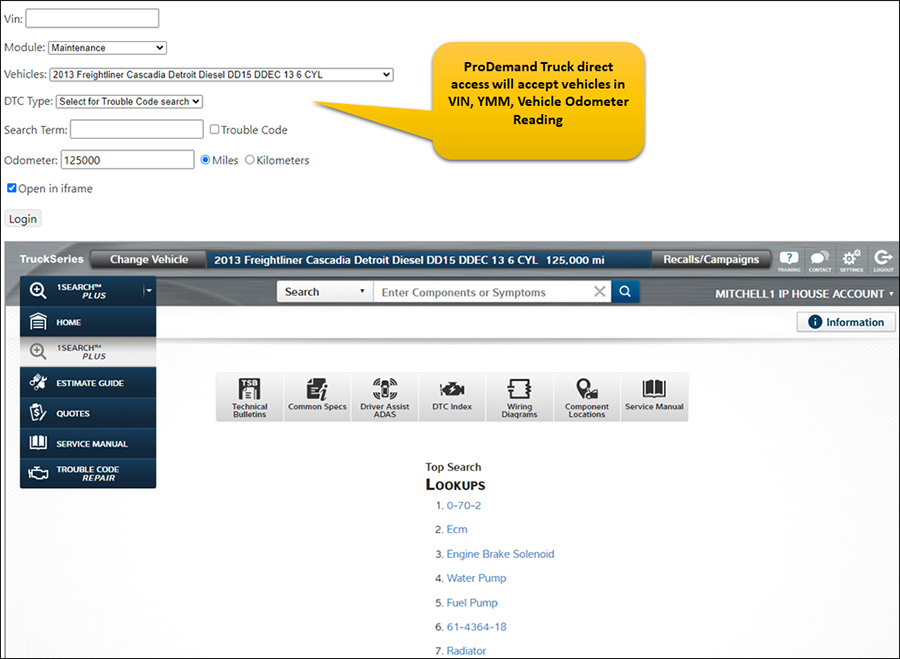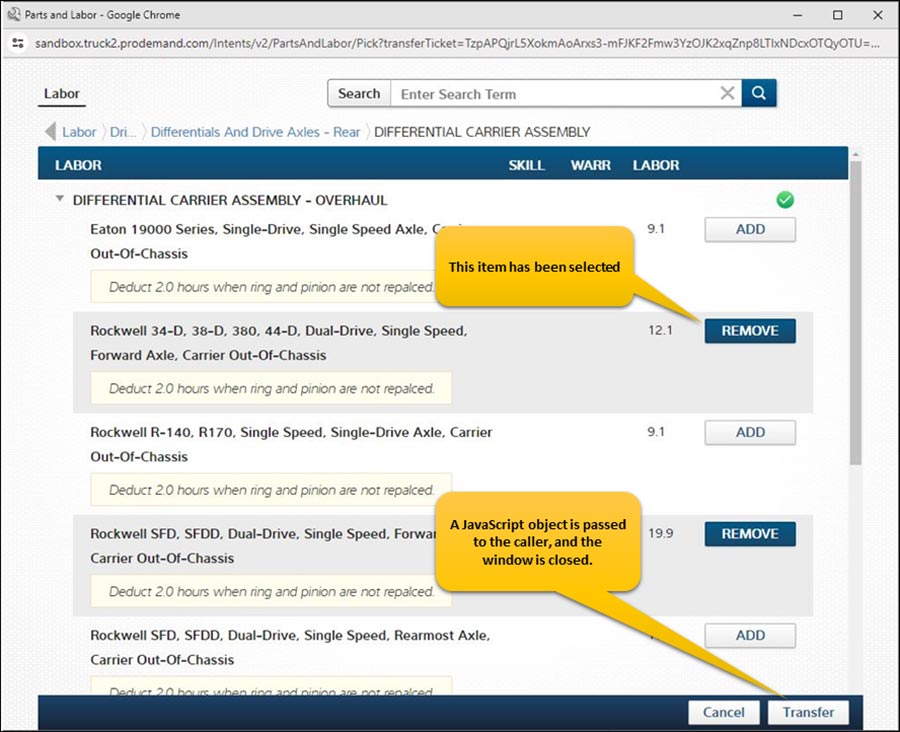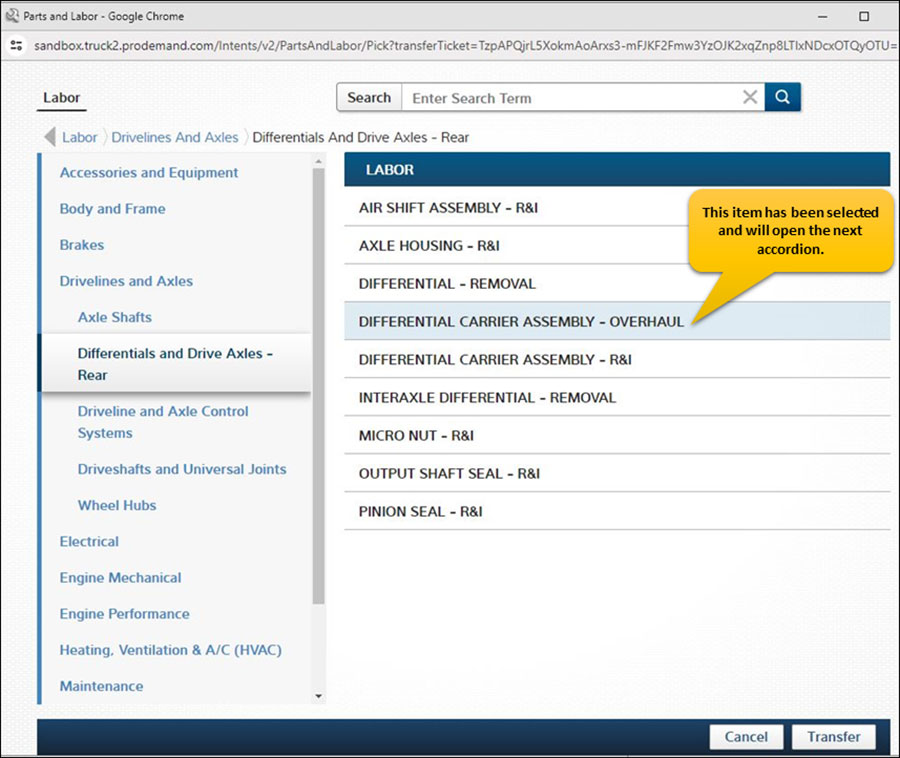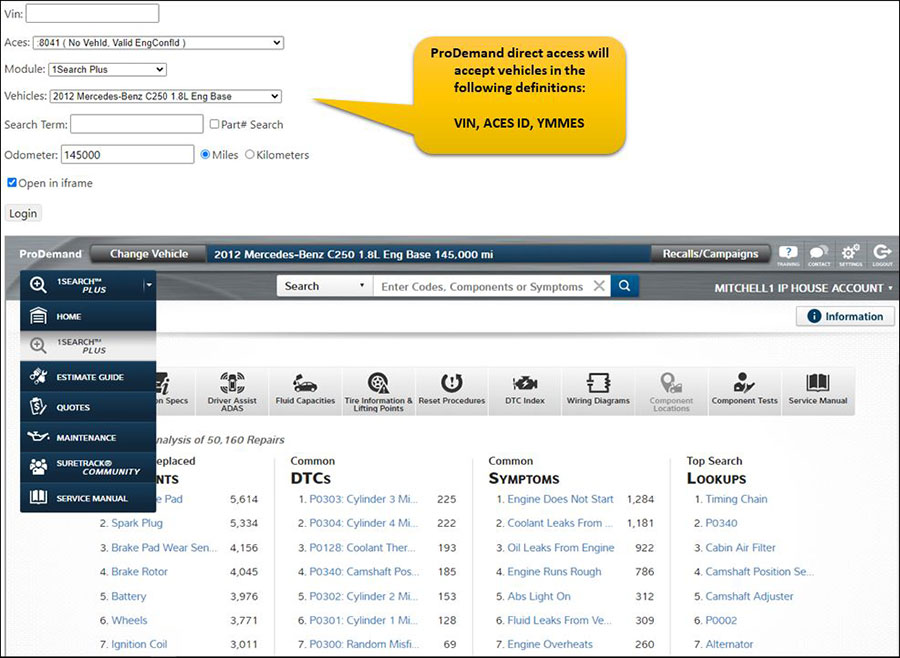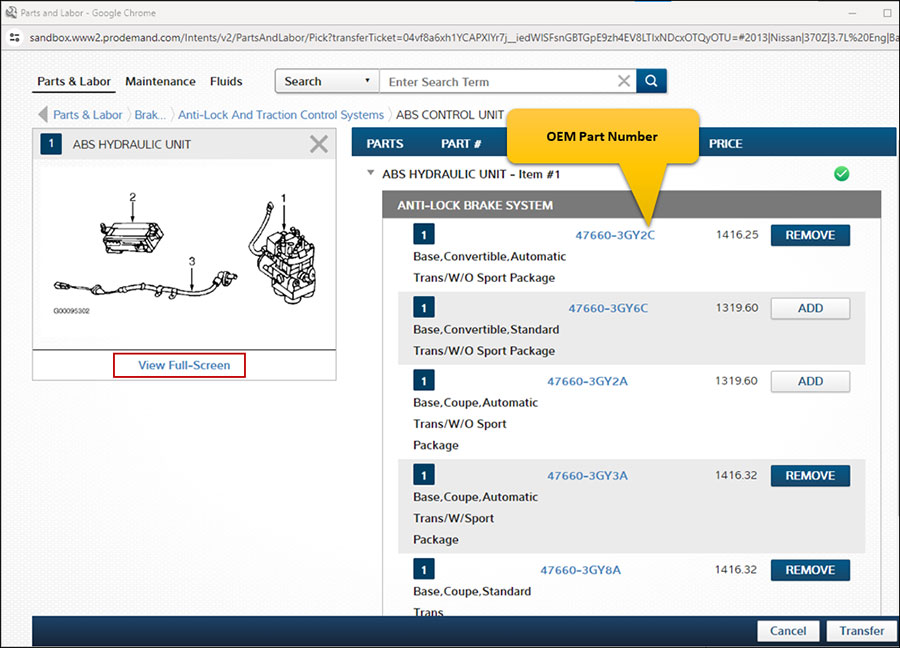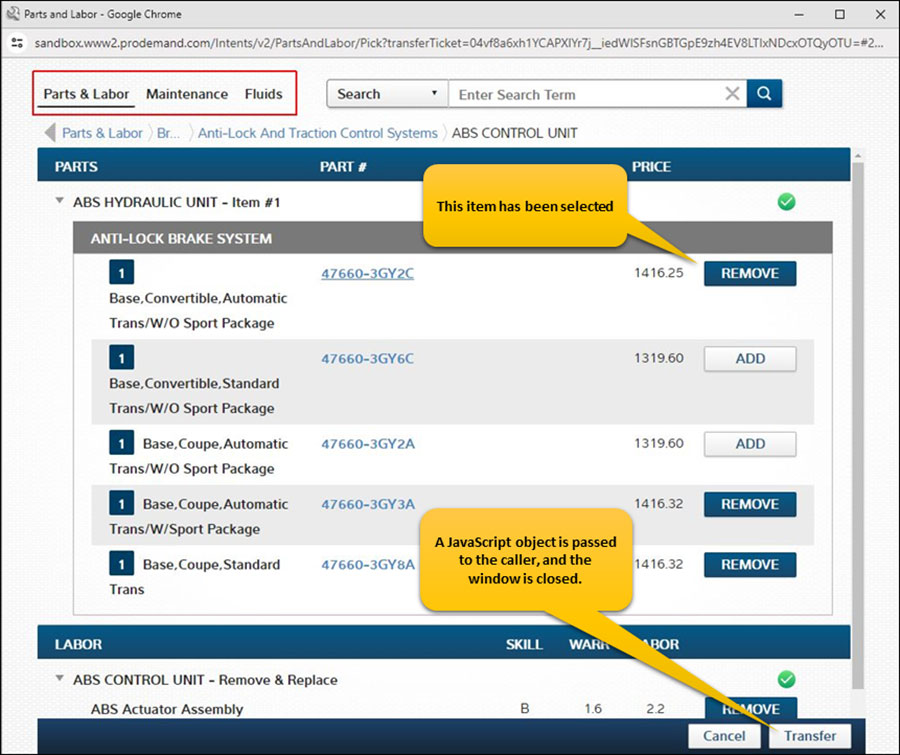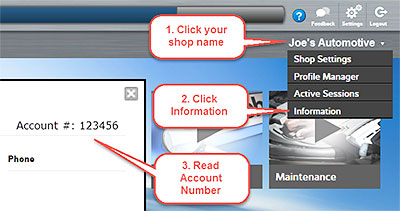 Mitchell 1 provides TPMS information to Modern Tire Dealer, an award-winning publication that writes editorial content geared to independent tire dealers. We’re sharing this content in our blog, with a link to the Modern Tire Dealer website where you can read the article in full. The TPMS information in this article may also be accessed in the reset procedures tab in our ProDemand® auto repair information software, along with other important reset procedure data for the selected vehicle.
Mitchell 1 provides TPMS information to Modern Tire Dealer, an award-winning publication that writes editorial content geared to independent tire dealers. We’re sharing this content in our blog, with a link to the Modern Tire Dealer website where you can read the article in full. The TPMS information in this article may also be accessed in the reset procedures tab in our ProDemand® auto repair information software, along with other important reset procedure data for the selected vehicle.
SUBJECT VEHICLES: Ford/Lincoln MKT – 2011-2019
The tire pressure monitoring system (TPMS) of the 2011-2019 Ford/ Lincoln MKT monitors the air pressure in the four road tires with wheel-mounted tire pressure sensors.
The sensors transmit radio frequency signals to the smart junction box (SJB), or BCM in later models, approximately every 60 seconds when the vehicle speed exceeds 20 mph (32 km/h).
If the vehicle is stationary for more than 30 minutes, the sensor will enter into a “sleep mode” and stop transmitting.
Each tire pressure sensor transmission is compared against a low-pressure limit (the pressure listed on the vehicle certification label minus 25%, which will be about 6 to 9 psi).
If it is determined that the tire pressure has fallen below this limit, the SJB sends a message to the instrument cluster, which then illuminates the low pressure warning indicator and displays the appropriate message(s) in the message center (if equipped).
All tire pressure sensors are battery operated. The sensors are attached to the portion of the valve stem located inside the wheel with a T10 Torx screw. Under the following conditions, the TPMS may not function properly:
• Low tire pressure.
• Tire pressure sensor is missing or damaged.
• Spare tire is installed as a road wheel.
• Incorrect tire pressure sensor is installed.
• Tire pressure sensor installed incorrectly.
• Non-OEM wheels installed (aftermarket rims).
• Non-OEM equipped run-flat tires installed.
• Other non-OEM modifications (roll cages, service barriers, part racks, ladder racks, etc.)
TIRE PRESSURE MONITOR WARNING INDICATORS
NOTE: As ambient temperature decreases by 6 degrees Celsius (10 degrees Fahrenheit), tire pressure decreases 1 psi (7 kPa). Because tire pressures fluctuate with temperature changes, tire pressures must be set when the tires are at outdoor ambient temperatures. If not the tire pressure may drop enough to be detected by the TPMS, which will activate the low pressure warning light.
When the tire pressure warning light comes on solid and the message center displays “LOW TIRE PRESSURE,” check the air pressure of all tires and adjust to the specified cold pressure listed on the vehicle certification label (found on the driver’s door or door pillar). Drive the vehicle at 20 mph (32 km/h) for at least two minutes. If the vehicle has been stationary for more than 30 minutes, the sensor will enter into a “sleep mode” and stop transmitting. A TPMS sensor activation procedure may be needed. Make sure the warning light goes off. If the warning light stays on, there is a malfunction in the TPMS. See the appropriate manufacturer service information.
When the tire pressure warning light flashes for 70 seconds and then remains illuminated, after a bulb-check has been performed and the message center displays warning messages, there is a malfunction in the TPMS. See the appropriate manufacturer service information.
TPMS RESET PROCEDURES
NOTE: If a tire pressure sensor is replaced, it will need to be trained. If the vehicle has different front and rear tire pressures, the tire pressure has to be adjusted and the TPMS sensors have to be trained. If the vehicle has the same tire pressure on the front and rear tires, the tire pressure monitoring system is not affected by wheel and tire rotation.
When the tire pressure warning light comes on solid and message center displays “LOW TIRE PRESSURE,” check the air pressure of all tires and adjust to the specified cold pressure listed on the vehicle certification label (found on the driver’s door or door pillar). Drive the vehicle at 20 mph (32 km/h) for at least two minutes. The TPMS sensor activation procedure may also be used in place of driving. See TIRE PRESSURE SENSOR ACTIVATION. Make sure the warning light goes off.
TIRE PRESSURE SENSOR TRAINING
NOTE: In the following procedure, TPMS Activation Tool (204-363) must be used.
NOTE: The tire pressure sensor training procedure must be done on a single vehicle, in an area without radio frequency (RF) noise and at least 3 ft. (1 m) away from any other vehicle equipped with a TPMS system. RF noise is generated by electrical motor and appliance operation, cellular telephones and remote transmitters, power inverters and portable entertainment equipment.
NOTE: A new tire pressure sensor is shipped in an OFF mode (or battery saver mode) and must be turned ON before it can be trained. To turn the sensor on, inflate the tire to the recommended inflation pressure and wait at least two minutes, then continue with the sensor training procedure.
1) Turn the ignition switch to the OFF position, then press and release the brake pedal.
2) Turn the ignition switch from the OFF position to the RUN position three times, ending in RUN position. Do not wait more than one minute between each key cycle.
3) Press and release the brake pedal.
4) Turn the ignition switch to the OFF position.
NOTE: The horn will sound once and the tire pressure warning light will flash if the train mode has been entered successfully (if equipped, the message center displays “TRAIN LF TIRE”).
5) Turn the ignition switch from the OFF position to the RUN position three times, ending in RUN position. Do not wait more than one minute between each key cycle.
NOTE: It may take up to six seconds to activate a tire pressure sensor. During this time, the activation tool must remain against the sidewall of the tire.
NOTE: If a sensor does not respond to the activation tool, attempt to activate the same sensor using the activation tool. If the sensor still does not respond, move the vehicle to rotate the wheels at least 1/4 of a turn and attempt to activate the same sensor again.
NOTE: If the SJB does not recognize any one of the four tire pressure sensors during the two minute time limit for each sensor response, the horn will sound twice and the message center (if equipped) will display “TIRE NOT TRAINED REPEAT.” The training procedure must be repeated from the beginning.
6) Place the TPMS activation tool (204-363) on the left front tire sidewall at the tire valve stem. Press the test button on the activation tool. The horn will sound briefly to indicate that the tire pressure sensor has been recognized by the SJB.
NOTE: Do not wait more than two minutes between training each sensor. If the wait time is more than two minutes the SJB will stop and the training procedure must be repeated from the beginning.
7) Within two minutes after the horn sounds, place the activation tool on the right front tire sidewall -180 degrees from the valve stem for strap and cradle type sensors or at the valve stem for valve stem-mounted sensors. Repeat the procedure for the right rear and left rear tires, in that order.
8) When the tire training procedure is complete, the message center (if equipped) will display “TIRE TRAINING COMPLETE.”
For vehicles not equipped with a message center, successful completion of the training procedure will be verified by turning the ignition switch to the OFF position without the horn sounding. If the horn sounds twice when ignition is turned off, the training procedure was not successful.
Read more:
